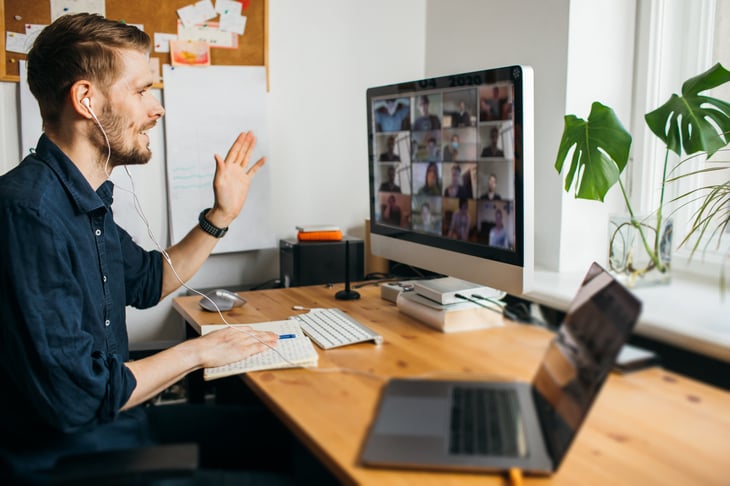
During the early part of 2021, many of us were in a perpetual state of waiting: Waiting for COVID-19 to subside, for pandemic restrictions to ease and for our turn to get the vaccine.
At long last, it appears America now is on the verge of turning the tide on the pandemic. Retailers have started to drop their mask mandates, and experts suggest that life will return to something closer to normalcy by summer or fall.
However, even if those optimistic forecasts pan out, it’s clear that some of the changes we’ve made as a result of the pandemic will be long-lasting, perhaps even permanent.
Some of those changes may be positive. Others may forever remain annoying reminders of an unusual time.
No one can predict the future, but here’s a look at many things that might be part of our lives for a long time to come.
1. No magazines in waiting rooms
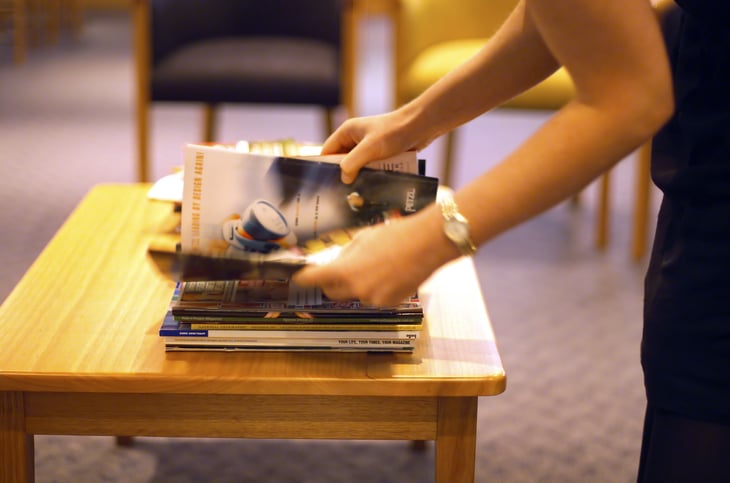
Waiting rooms have been famous for their ancient issues of magazines. (That Spiro Agnew seems like a real up-and-comer.) But now the Centers for Disease Control recommends that dental offices, for one, clear waiting areas of toys, magazines and other shared objects that can’t easily be disinfected.
Bringing your own books, magazines and smartphone games may have to be the way we while away the time in waiting rooms for the foreseeable future. If you prefer not to pay for magazines, check out “4 Ways to Read Magazines for Free or Cheap.”
2. Working from home
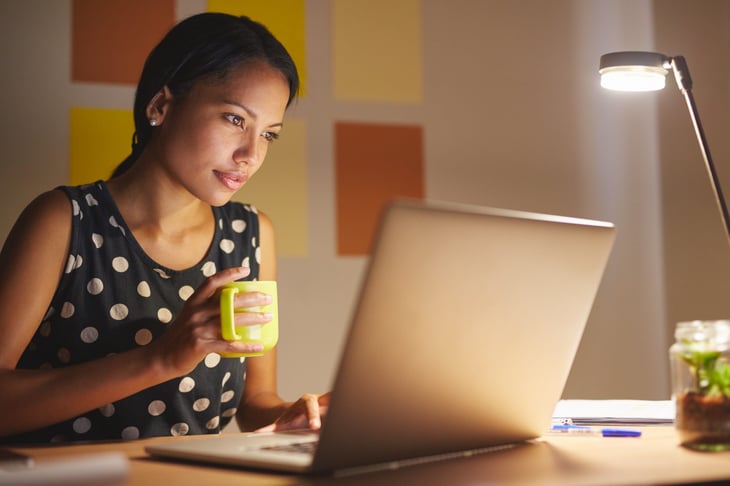
Some employers offered work-at-home options before the pandemic. But now, many more do.
Going forward, companies that value their employees will feel pressure to offer some kind of work-at-home technology if working from a distance is a realistic possibility.
3. Movies at home
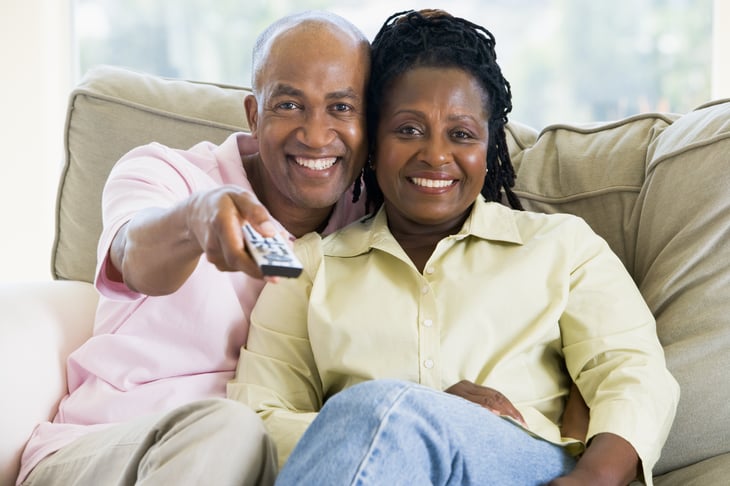
With many movie theaters closed during much of the pandemic, Hollywood studios have been funneling some of their big new titles to various streaming services.
If brick-and-mortar theaters can return to some kind of normal operations, then some movie blockbusters surely will be reserved for the big screen. But the future of streaming video services has never looked better.
There are seemingly more streaming services than ever before. If you find the options overwhelming, start with “The 10 Most Popular Streaming TV Services.”
4. Cashless stores

We’ve known for years that paper money — traveling from person to person, staying in circulation for years, never getting washed — can harbor thousands of microbes.
Because they stay in one person’s possession, credit and debit cards can be a safer and cleaner option — especially if they are the contactless type and only need to be waved in front of a card reader.
Looking for a new credit card? Stop by our Solutions Center to find the right credit card for you.
5. Voting by mail
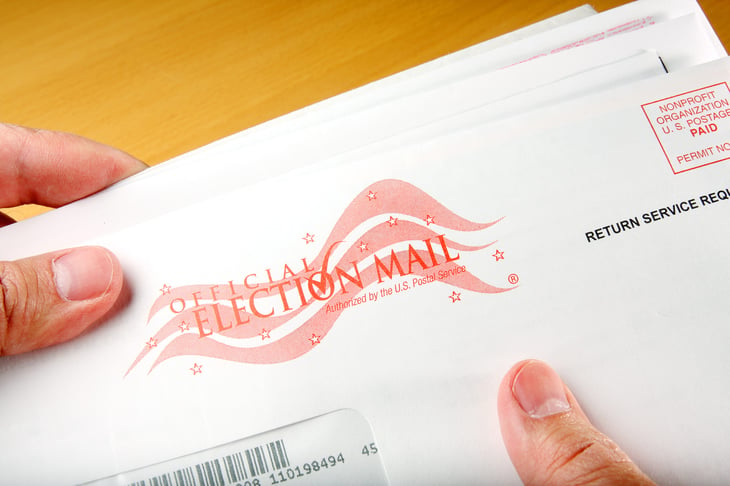
Last November’s election broke new ground in that for the first time, a large chunk of the nation’s voters cast their ballots early and voted by mail. According to the Council on Foreign Relations, a U.S. think tank:
“The pandemic helped popularize early voting and mail-in ballots. Americans cast 101,453,111 early votes. That is 64.1 percent of the total votes cast in 2020. The total number of mail-in ballots was 65,642,049.”
During the pandemic, standing in long lines at crowded polling places seemed less appealing. Even after the pandemic ends, the popularity of the mail-in practice is likely to spread.
6. Shaking hands

Wave goodbye — from a socially approved distance — to the practice of handshakes and other touchy-feely greetings.
Maybe substitute a wave, a thumbs-up or Mr. Spock’s “live long and prosper” Vulcan hand gesture from “Star Trek.”
7. Plexiglass separators in stores
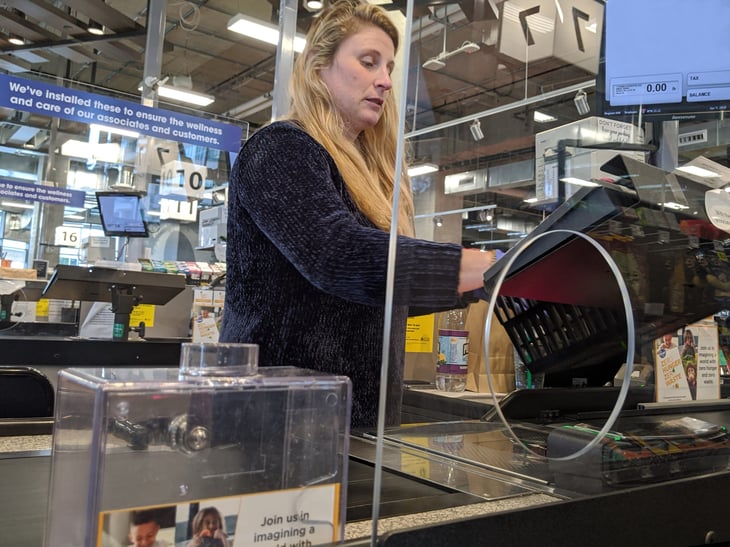
Cashiers don’t want to be sneezed on these days any more than you want them to sneeze on you. Those transparent plastic barriers you’re seeing in supermarkets and other stores are likely to stay up.
8. Vacationing close to home
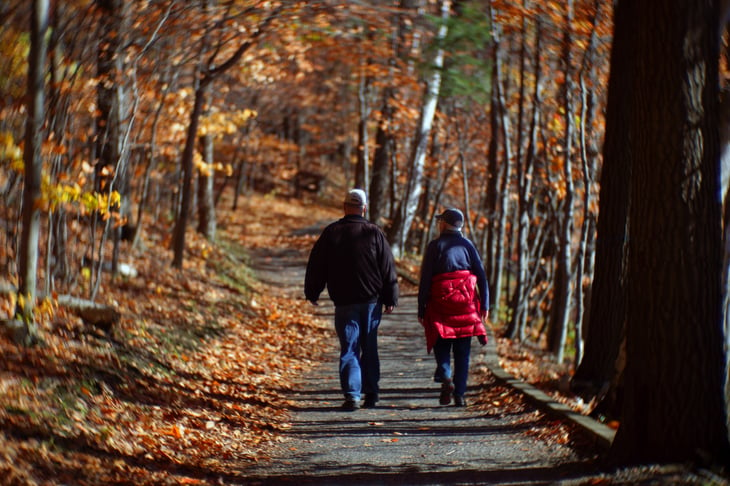
Disney World and Hawaii may be out of favor for a little while longer, at least among some travelers. To quench our wanderlust, travelers are likely to rediscover local destinations, including day trips to nearby national and state parks.
9. Drive-in theater revival
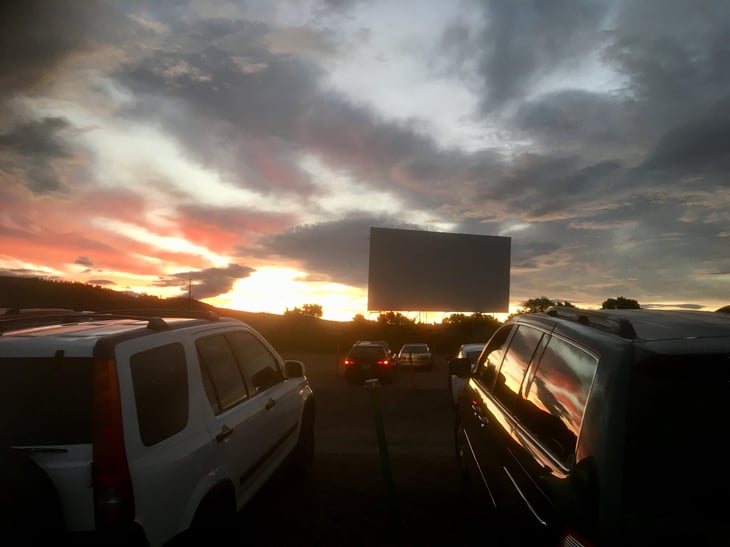
At a drive-in theater, moviegoers have always stayed socially distanced from others in the family car, with the exception of snack runs and bathroom breaks.
Even drive-ins have had to adjust. Some have added online ticket and concession sales. But the old-fashioned drive-in just might continue to be one of the hottest destinations for movie fans.
10. Dairy delivery
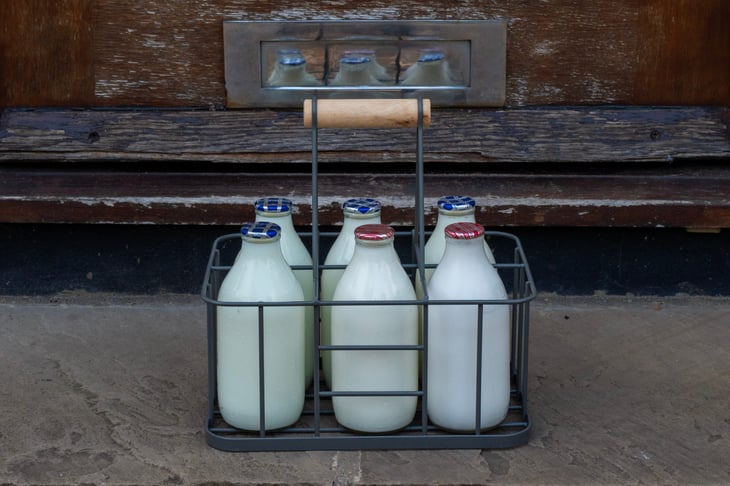
The neighborhood milkman, delivering clanking bottles of milk to your door, is not a relic of the past. Local dairies that deliver milk, eggs, butter and more never entirely disappeared, and the coronavirus may be helping this old tradition make a modest comeback.
11. Social-distancing stickers
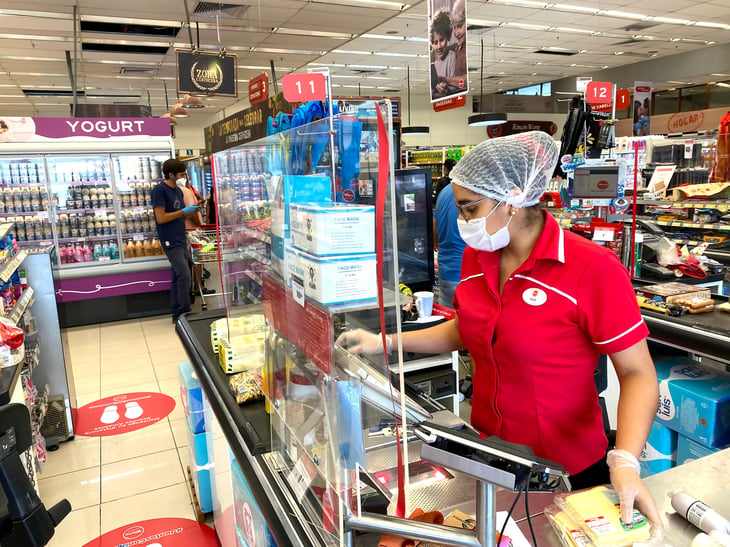
If you’ve shopped at all during the pandemic, you’ve likely seen stickers on the floor of stores showing how far apart to stand from other customers while waiting in a line. Expect more of these wherever lines are likely.
One-way aisle traffic stickers also seem likely to stick around, guiding the flow of customers to avoid face-to-face encounters.
12. PPE upgrades at the dentist and doctor
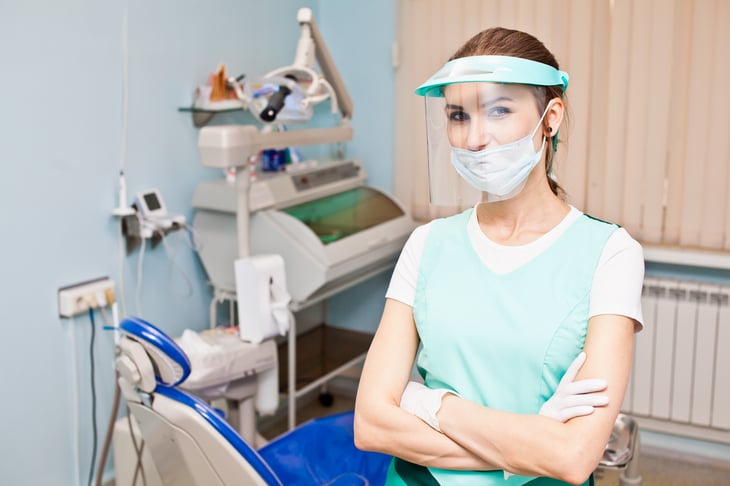
Face masks on grocery cashiers and other retail workers have become a common sight. But for health care procedures that require getting up close and personal, such as those performed by dental hygienists, you may be seeing the use of more intense personal protective equipment, such as face shields.
13. Fading sick-day stigma
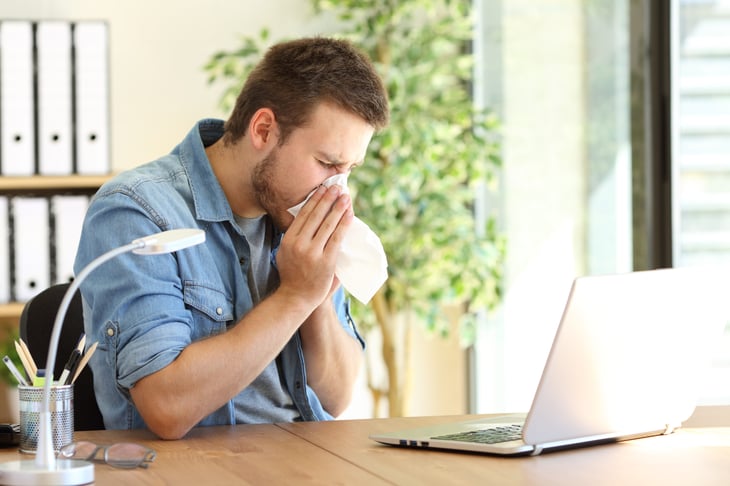
The coronavirus pandemic has reminded us all that there’s no perfect attendance award at work when an illness could be contagious or even life-threatening. Sensible bosses will likely be more encouraging of sick-day use in the future, especially for workers with fevers or coughs.
Of course, it’s much easier to stay home if you have paid sick days or can work from home — luxuries not everyone has.
14. Telehealth appointments
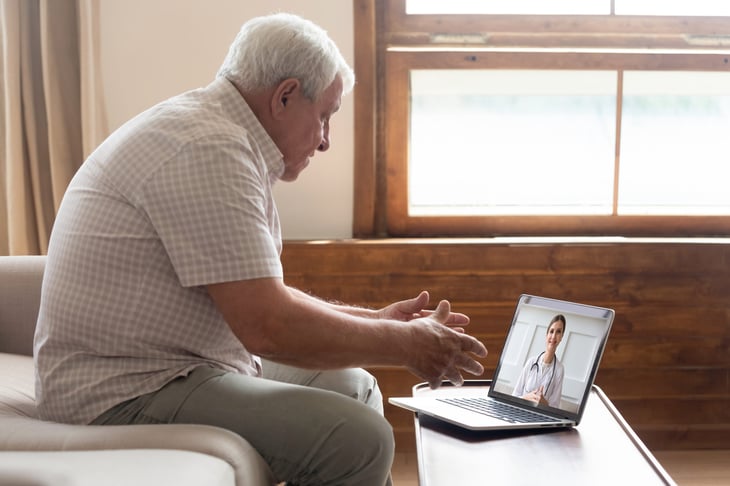
During the coronavirus outbreak, many medical professionals have shifted to meeting with non-emergency patients by using video conference software, a practice known as “telehealth” or “telemedicine.”
This form of doctor’s appointment may not be as personal, but it is likely to live on as a convenience, especially for patients who have difficulty traveling to see a doctor in person.
15. Electronic menus
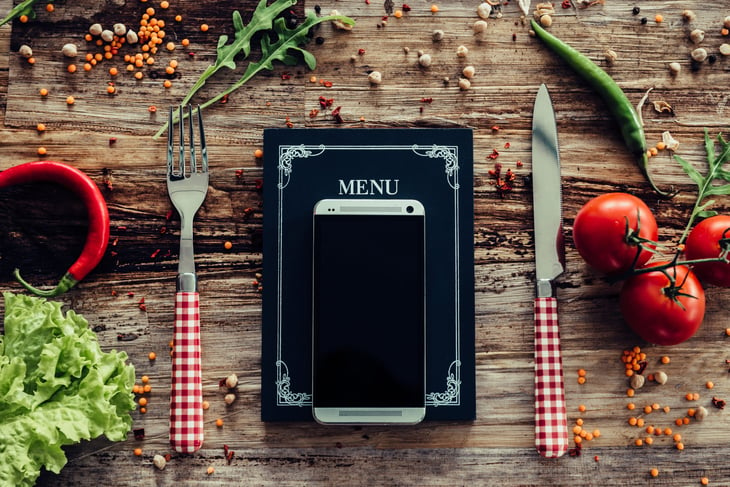
I’ll bet we’ve all used giant paper restaurant menus that have been spilled on (and maybe sneezed on) and poorly cleaned. We may not have given them a second thought before last year, but those grungy menus are off-putting today.
We may be seeing more recyclable, single-use menus or possibly table tents — placards with barcodes that customers can scan to see the menu or make an e-payment.
16. Hotel key on your phone
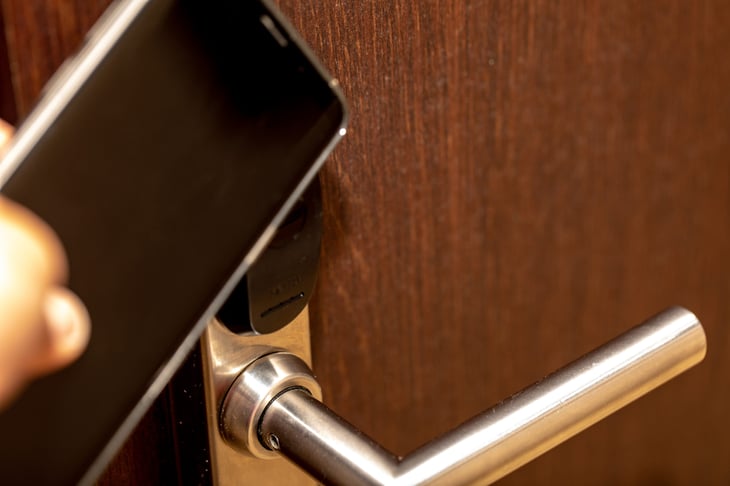
Hotels, like airplanes, must adjust to keep up with a traveling public that’s suddenly anxious about sanitation.
Front desks have added partitions, and lobbies and other public areas now have hand-sanitation stations and more space between seating.
17. Food deliveries
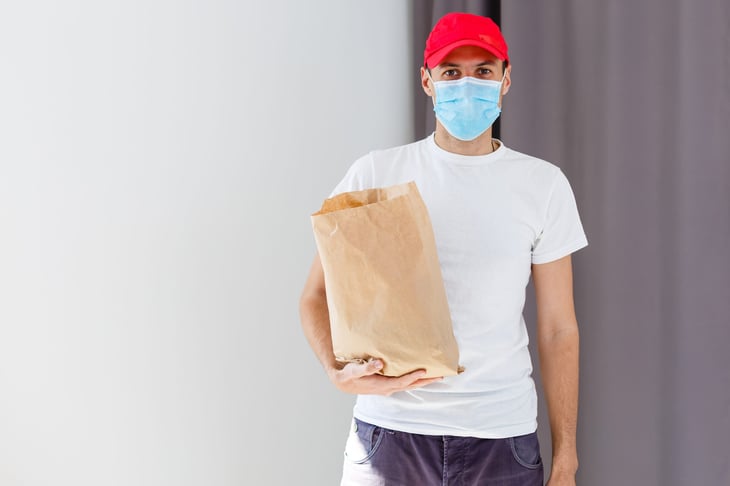
Signing for a package or a pizza, when you come into close contact with the delivery person and share a pen and clipboard, is a practice that has already disappeared from many delivery services.
Camera alerts and other technological advances that let customers see when a product is delivered seem likely to be more common in the future.
18. More bagged produce
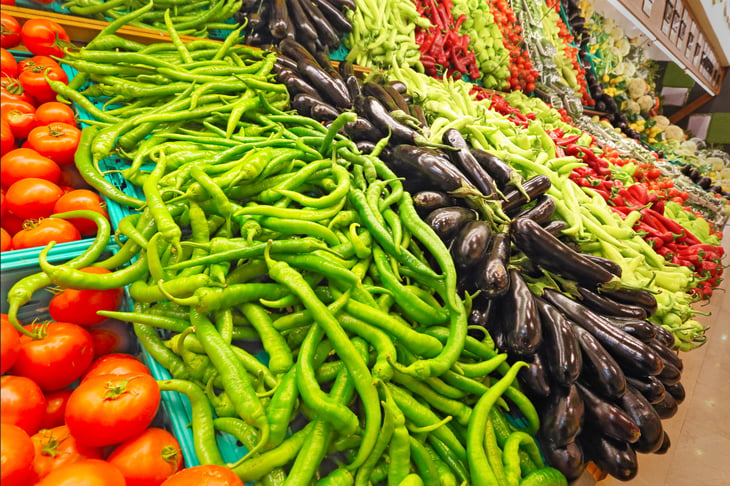
The CDC says there’s no evidence to support food-related transmission of the coronavirus.
That’s good news. But it doesn’t mean grocery shoppers won’t be comforted by choosing pre-packaged foods more often before, rather than digging through an open pile of produce as we previously have done.
19. Buffet restaurants rethought
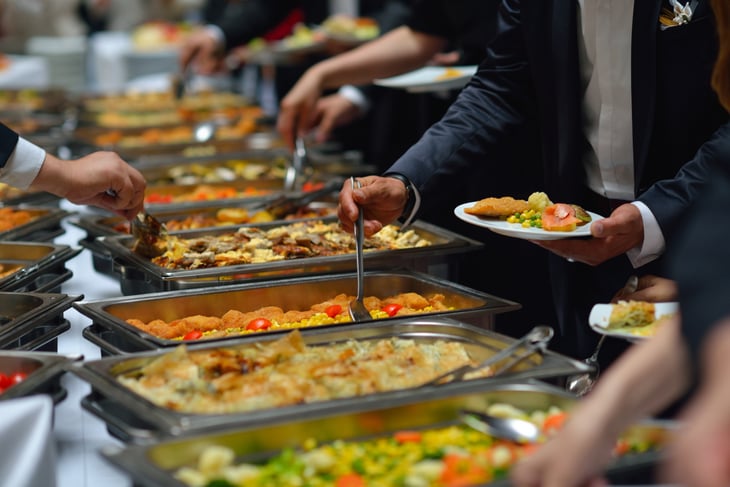
Buffet restaurants offer a lot of food for a good price, but that food sits in open steam trays, potentially exposed to unwashed hands and airborne droplets from sneezes and coughs.
The CDC says there currently is no evidence the coronavirus is spread through food. But will eaters in the future be willing to return to buffets?
20. Big group birthday parties
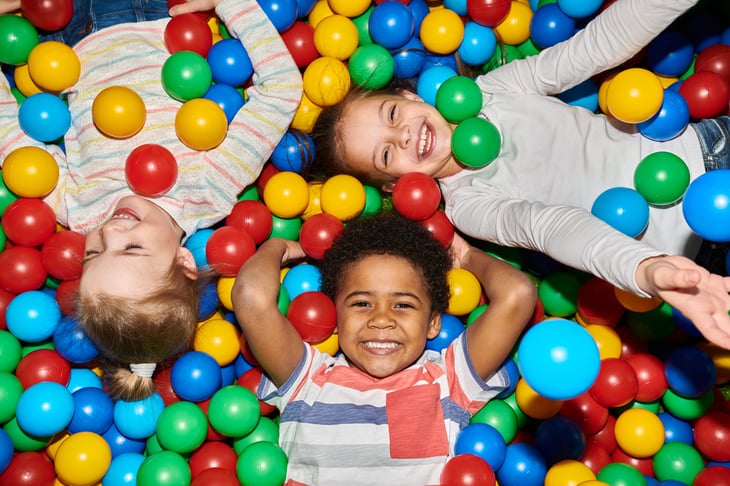
If you have a kid, you’ve likely attended more than one birthday party at a giant trampoline park, bounce-house palace, indoor gym or game arcade.
These days, though, it seems likely that most parents won’t encourage their kids to jump into a ball pit where 20 other toddlers have been chewing and coughing on the toys.






Add a Comment
Our Policy: We welcome relevant and respectful comments in order to foster healthy and informative discussions. All other comments may be removed. Comments with links are automatically held for moderation.